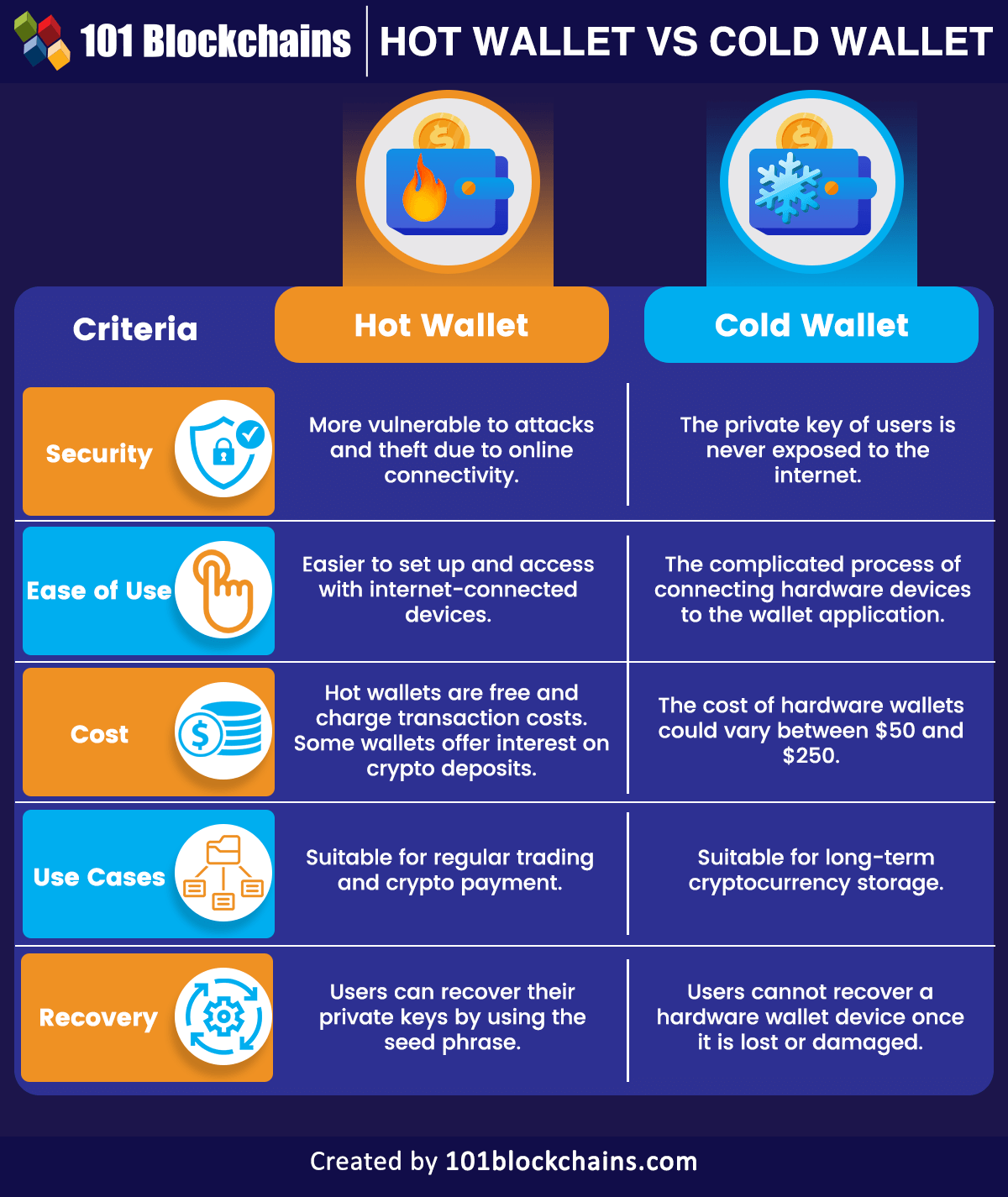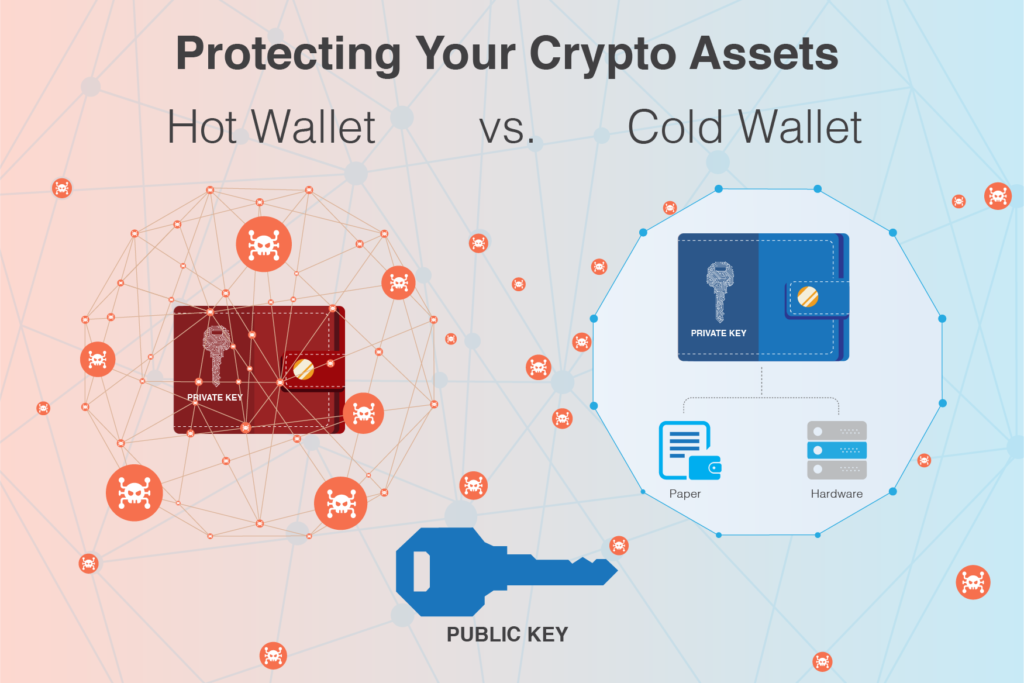How to Safely Store Bitcoin and Ethereum: A Beginner’s Complete Guide
So, you’ve bought some Bitcoin or Ethereum—congratulations! But now comes a critical question: how do you keep your cryptocurrency safe? Unlike cash in a bank, crypto is your responsibility to protect. Don’t worry—this beginner-friendly guide will walk you through the best ways to safely store Bitcoin and Ethereum, from choosing the right wallet to avoiding common pitfalls. Let’s dive in!
Why Is Safe Storage Important for Cryptocurrency?
Cryptocurrencies like Bitcoin and Ethereum are stored in digital wallets, not physical vaults. These wallets hold your private keys—secret codes that prove you own your crypto. If someone steals your private key or you lose access, your crypto could be gone forever. Hacking, phishing, and user errors are real risks, so secure storage is crucial.

Types of Cryptocurrency Wallets
To store Bitcoin and Ethereum, you’ll need a wallet. There are two main categories: hot wallets (online) and cold wallets (offline). Each has its pros and cons, so let’s explore them.
1. Hot Wallets: Convenient but Riskier
Hot wallets are connected to the internet, making them easy to use for daily transactions. They’re like the wallet in your pocket—handy but vulnerable if you’re not careful.
- Software Wallets: Apps or browser extensions like MetaMask or Trust Wallet. Great for managing Ethereum-based tokens.
- Exchange Wallets: Accounts on platforms like Coinbase or Binance. Convenient for trading but not ideal for long-term storage.
Pros: Easy access, free or low-cost.
Cons: Vulnerable to hacks if your device or exchange is compromised.
2. Cold Wallets: Secure but Less Convenient
Cold wallets are offline, like a safe in your home. They’re the most secure option for storing large amounts of Bitcoin or Ethereum long-term.
- Hardware Wallets: USB-like devices like Ledger or Trezor. They store your private keys offline.
- Paper Wallets: A printed piece of paper with your private and public keys. Secure but easy to lose or damage.
Pros: Highly secure, immune to online hacks.
Cons: Less convenient, hardware wallets cost money ($60-$150).

Step-by-Step Guide to Safely Store Bitcoin and Ethereum
Ready to secure your crypto? Follow these steps to set up a safe storage solution.
1. Choose the Right Wallet
For beginners, a combination of hot and cold wallets works well:
- Small amounts: Use a hot wallet like MetaMask for daily use (e.g., buying NFTs or trading).
- Large amounts: Use a hardware wallet like Ledger Nano S for long-term savings.
Research wallets before choosing. Stick to reputable options with strong user reviews and open-source code.
2. Set Up Your Wallet
Here’s how to set up a hardware wallet (e.g., Ledger):
- Purchase from the official website to avoid fakes.
- Follow the setup instructions to generate a private key and recovery phrase (a 12-24 word seed).
- Store the recovery phrase offline—write it down and keep it in a safe place, like a locked drawer.
For a hot wallet like MetaMask, download it from the official site, set a strong password, and back up your recovery phrase.
3. Transfer Your Crypto
Move your Bitcoin or Ethereum from an exchange to your wallet:
- Copy your wallet’s public address (a long string of letters and numbers).
- Go to your exchange, select “Withdraw,” and paste the address.
- Double-check the address—mistakes can’t be undone!
- Confirm the transfer and wait for it to process (usually a few minutes).

4. Secure Your Recovery Phrase
Your recovery phrase is the key to restoring your wallet if your device is lost or stolen. Never store it digitally (e.g., on your phone or cloud). Instead:
- Write it on paper and store it in a safe or safety deposit box.
- Consider splitting it into parts and storing them in separate locations.
- Never share it with anyone, even if they claim to be “tech support.”
Top Security Tips for Protecting Your Crypto
Storage is just the start—here are essential tips to keep your Bitcoin and Ethereum safe:
- Use Strong Passwords: For hot wallets and exchanges, use unique, complex passwords (e.g., 16+ characters with letters, numbers, and symbols).
- Enable Two-Factor Authentication (2FA): Use apps like Google Authenticator for exchanges and wallets, avoiding SMS-based 2FA.
- Beware of Phishing: Only visit official wallet or exchange websites. Avoid clicking links in emails or social media.
- Keep Software Updated: Regularly update your wallet app or device firmware to patch security vulnerabilities.
- Avoid Public Wi-Fi: Don’t access your wallet or exchange on unsecured networks.

Common Mistakes to Avoid
Beginners often make these errors—steer clear to protect your crypto:
- Storing Crypto on Exchanges: Exchanges are targets for hackers. Move your crypto to a personal wallet.
- Ignoring Backups: Always back up your recovery phrase and test it before storing large amounts.
- Sharing Private Keys: Never give your private key or recovery phrase to anyone, no matter the reason.
- Using Unverified Wallets: Avoid obscure apps or wallets with poor reviews—they could be scams.
Pros and Cons of Different Storage Methods
Here’s a quick comparison to help you choose:
| Storage Method | Pros | Cons |
|---|---|---|
| Hot Wallet | Free, easy to use, great for small amounts | Vulnerable to hacks, device theft |
| Hardware Wallet | Highly secure, offline storage | Costs money, less convenient |
| Paper Wallet | Free, fully offline | Easy to lose, damage, or misuse |
Conclusion
Safely storing Bitcoin and Ethereum doesn’t have to be complicated. By choosing the right wallet, securing your recovery phrase, and following best practices, you can protect your crypto with confidence. Start small, experiment with a hot wallet, and consider a hardware wallet for larger investments. Stay curious and keep learning—your crypto journey is just beginning!
Have questions or tips to share? Drop them in the comments below—we’d love to hear from you!






















